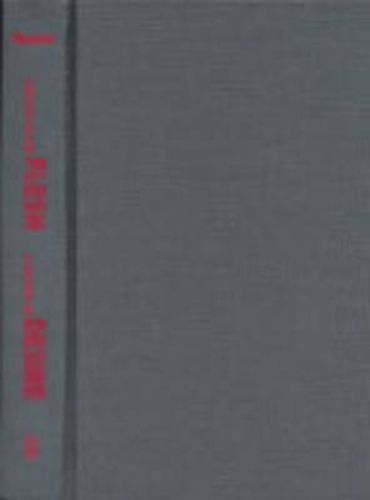Readings Newsletter
Become a Readings Member to make your shopping experience even easier.
Sign in or sign up for free!
You’re not far away from qualifying for FREE standard shipping within Australia
You’ve qualified for FREE standard shipping within Australia
The cart is loading…






Around the world, organisations of all kinds are merging at a frenetic pace. In a comparative study of 2 Canadian higher education mergers - that of the Ontario Institute for Studies in Education with the University of Toronto in 1996, and that of the Technical University of Nova Scotia with Dalhousie University in 1997 - Julia Eastman and Daniel Lang examine why and how universities merge and why some mergers succeed while others fail. Drawing on interviews with university members, public officials, and experts in organizational restructuring, and on their professional involvement in the two mergers, the authors explain what prompts higher education mergers, what is involved in the process and what determines the outcomes. They link practice with organizational theory and offer observations about the roles of history, economics, power and human relations in post-secondary educational systems.
$9.00 standard shipping within Australia
FREE standard shipping within Australia for orders over $100.00
Express & International shipping calculated at checkout
Around the world, organisations of all kinds are merging at a frenetic pace. In a comparative study of 2 Canadian higher education mergers - that of the Ontario Institute for Studies in Education with the University of Toronto in 1996, and that of the Technical University of Nova Scotia with Dalhousie University in 1997 - Julia Eastman and Daniel Lang examine why and how universities merge and why some mergers succeed while others fail. Drawing on interviews with university members, public officials, and experts in organizational restructuring, and on their professional involvement in the two mergers, the authors explain what prompts higher education mergers, what is involved in the process and what determines the outcomes. They link practice with organizational theory and offer observations about the roles of history, economics, power and human relations in post-secondary educational systems.